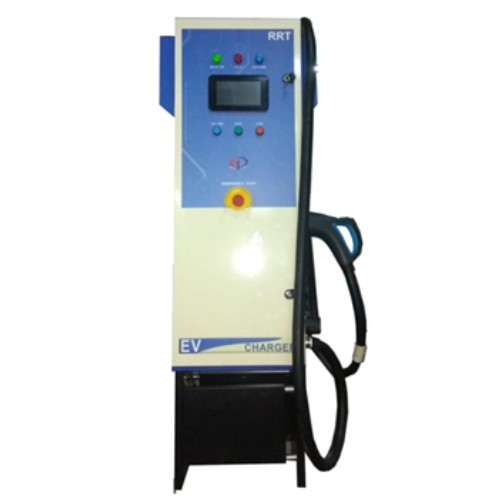Schedule a Call Back
Policy push and new technologies to drive electrical vehicles sales in India
 Articles
Articles- Jul 31,24

- First, provide longer term policy clarity. For example, Mercedes recently mentioned that they would invest in the EV market in India if GST stayed at 5 per cent for the next 10-years. This type of policy clarity will be beneficial for all players. Automotive investment returns are over many years, and policy plays a big role in the returns, so having long-term clarity is necessary for long-term investments.
- The government should either eliminate subsidies altogether or make them more inclusive. The PLI policy, for example, is closed to a certain set of manufacturers and the criteria for investments and audits are so high that most who have qualified are not able to benefit from it.
- It really is time to rollout a policy for battery swapping. Battery swapping is far superior to charging as it cuts down time of refueling to a few minutes from a few hours, and eliminates one of the major inconveniences of owning an EV. Clarity on this will be a big boost for the EV industry.
Related Stories

Schaeffler to lay off 4,700 jobs amid challenges in Europe’s auto sector
Overall, the job cuts will affect around 3.1% of Schaeffler's workforce of 120,000, which increased after its merger with electric powertrain specialist Vitesco.
Read more
AI models could be biased in algorithm design: Vandana Iyer
In conversation with Sanskriti Ramachandran, Vandana Iyer, Research Director-TechVision, Frost & Sullivan, talks about the extensive use of AI and automation in the pharmaceutical industry.
Read more
Installation of FGD units represents Rs 60 bn market potential: Adheesh Ramani
In this interview with Rakesh Rao, Adheesh Ramani, CEO, Jasmino Corporation Pvt Ltd, explains criticality of rubber lining for process industries and its role in protecting capital equipment and red..
Read moreRelated Products
Tata Motors unveils facilities for development of Hydrogen propulsion tech
Tata Motors, India?s largest automobile company, unveiled two state-of-the-art & new-age R&D facilities for meeting its mission of offering sustainable mobility solutions. The unveilings constitute of Read more
Tata Motors plans petrol powertrain for Harrier and Safari SUVs
Tata Motors is in the process of developing a new petrol powertrain for its premium sports utility vehicles, the Harrier and Safari, as confirmed by a senior company official. Currently, these models Read more

Electric Vehicle Charger
RRT Electro is engaged in manufacturing of customized Power Electronic Products over two decades having capability to Design, Develop, Prototyping, Regulatory Compliance testing & Certification, Manuf Read more












